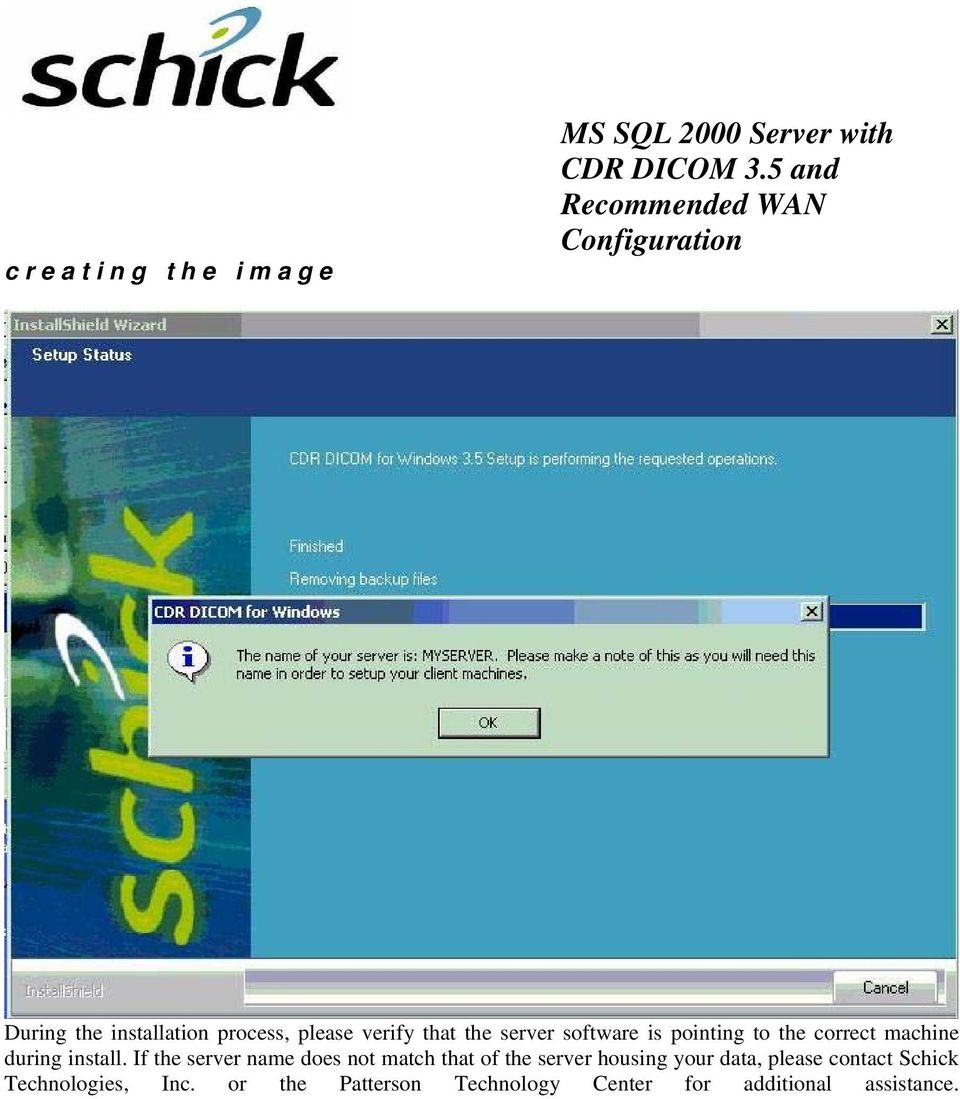
This import feature can be used to convert from DICOM to any other output format, or to add DICOM images to a PMOD database. If it is checked, the directory to be scanned can be entered as well as a scanning interval every. This functionality can be configured by the Check Incoming Folder box.
However, it is also possible to have the DICOM server scan a directory and treat found DICOM series in the same way as if they had arrived by the network.

Normally the DICOM server is receiving data over the network from DICOM clients. If it is checked, any association request will be accepted.
Accept incoming connections from any AE: If this box is not checked, the DICOM server only accepts remote systems which are configured as remote DICOM clients. Otherwise it must be started using the DICOM button in the PMOD toolbar, or as a background process from a script. Start DICOM Server automatically after user login: If this box is checked, the DICOM server is started after the first user login. PMOD uses 4030 per default.īesides the basic server information there are two checks relevant for the DICOM server operation: To prevent this situation a higher port number (typically >4000) should be used on Linux, rather than the default DICOM port 104. Starting as root will normally succeed, but this has the disadvantage that the saved files will all belong to the root. If such a port is defined as the PMOD DICOM server port, the server cannot be started from a user account and issues a message Permission denied. Note: On Linux systems there exist reserved ports which require special permission to allocate. These entities for the operation of PMOD as a DICOM server are configured on the DICOM SERVER pane. Application Entity Title (AET) which has been given to the server. Port number on which the server is listening,. IP-number (or host name) of the computer on which the DICOM server is running,. 

In general, a DICOM server is defined by three entities, the: PMOD can run a DICOM server process in the background which is able to receive data sent to it from modalities or a picture archiving system.







 0 kommentar(er)
0 kommentar(er)
